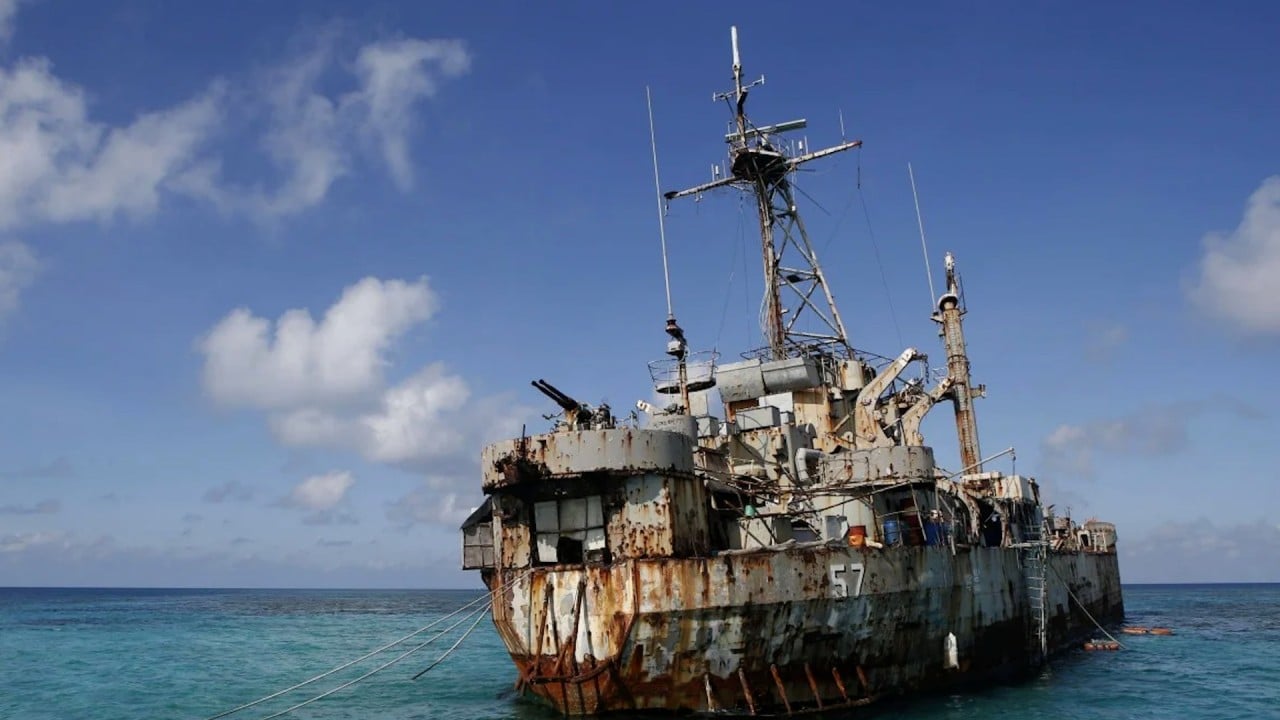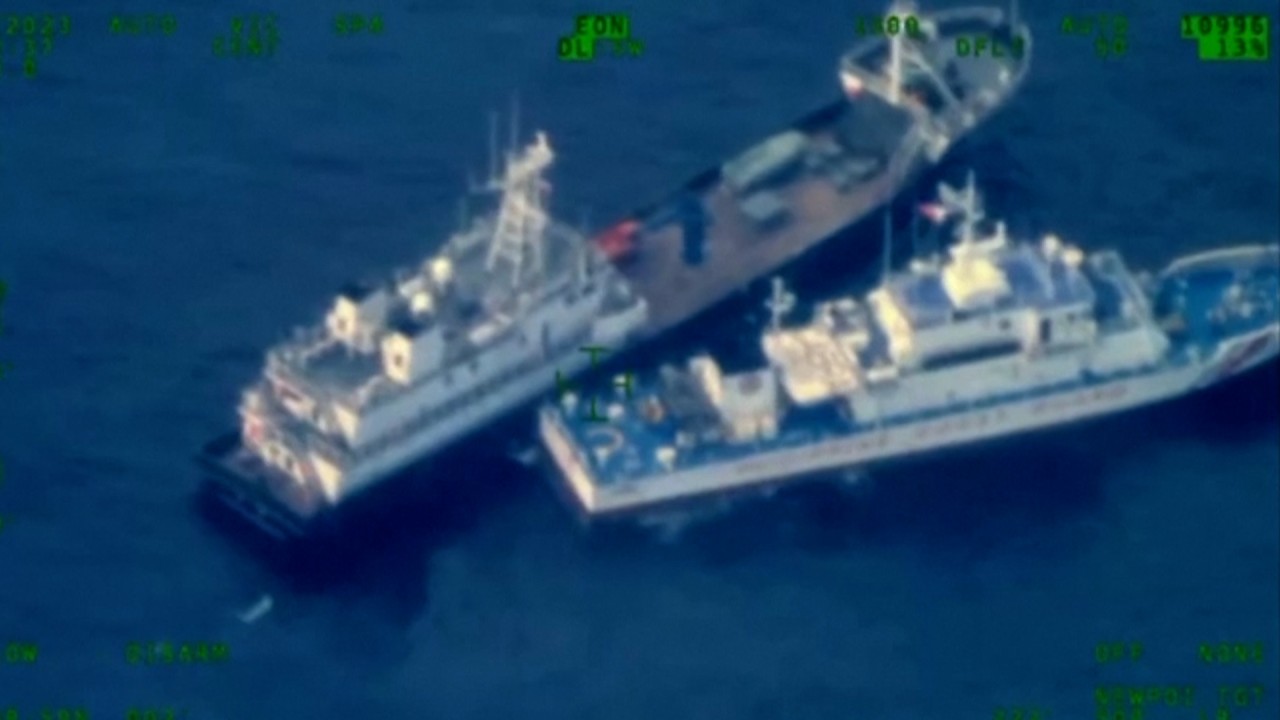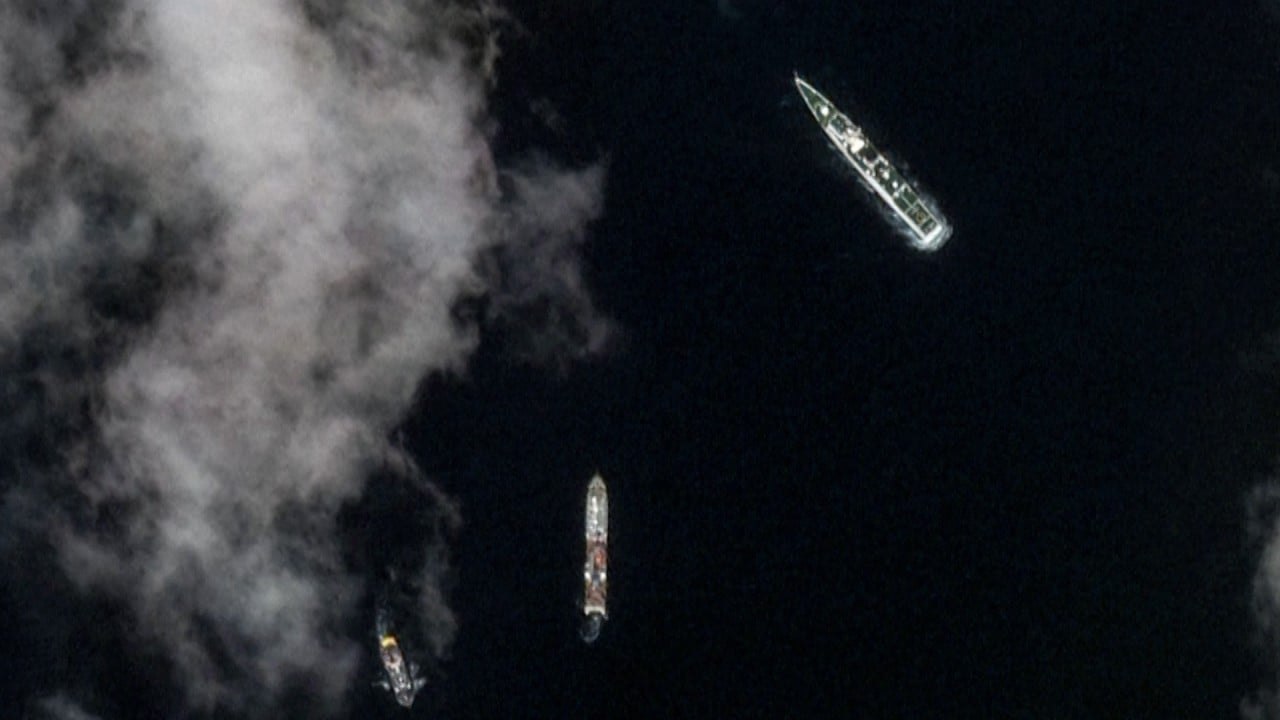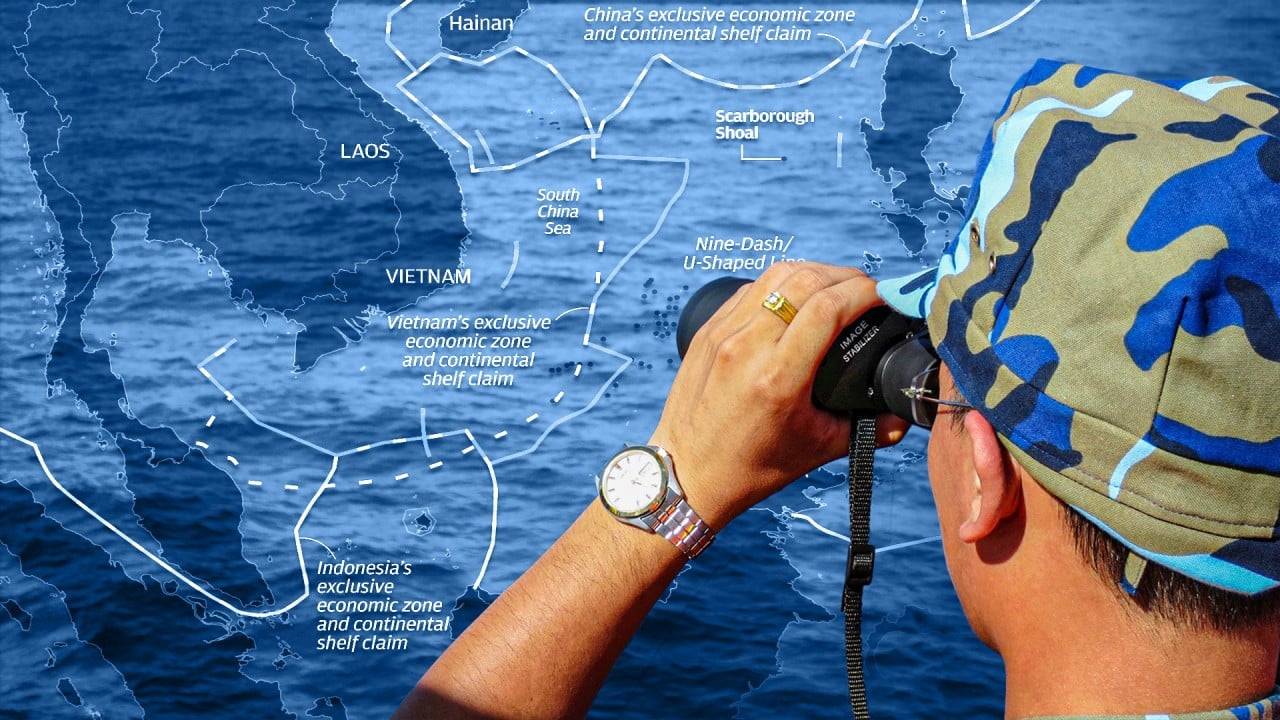In its report released on July 8, China’s Ministry of Natural Resources concluded that the Sierra Madre BRP had “seriously damaged the diversity, stability and sustainability of coral reef ecosystems”.
“The Philippines must remove the warship and eliminate the source of the pollution to avoid continued and cumulative damage to the coral reef ecosystem of Renai Reef,” the ministry said, referring to the reef by its Chinese name.
What ships were used in the surveys?
It is not clear exactly which vessels were sent to conduct the surveys, but public information indicates that two Chinese research vessels were spotted in the South China Sea between April and June.
One was the research vessel Shen Kuo, named after a Chinese geographer and cartographer from the Northern Song dynasty (960-1127). It entered service in 2018 and has carried out deep-sea exploration missions, including the world’s deepest point, the Mariana Trench.
The ship left Guangdong in southern China on April 19 and proceeded to eastern Luzon in the northern Philippines before being spotted on April 25 in waters off Rapu-Rapu Island, Albay, according to the Manila Bulletin and the Armed Forces of the Philippines.
In a maritime surveillance flight, the Philippine Air Force photographed the ship landing unidentified equipment, “probably for research or scientific studies.”
On April 28, the Philippine military said it had monitored Shen Kuo’s “unauthorized” presence near Catanduanes, an island on the northeastern tip of the Philippine archipelago.
The ship was also spotted on May 1 in Basco, Batanes, the country’s northernmost province.
After that, there is little public information about where it went until May 20, when it was reported by the VesselFinder tracker that it was leaving the port of Shekou in Shenzhen, Guangdong province, and finally arrived in the waters between Hong Kong and Macau on May 21.
What do we know about the other ship?
On April 21, Nan Feng sailed from Xinzhou Pier in Guangzhou to monitor, survey and assess biological resources in the South China Sea.
“The purpose of this survey was to understand the composition and distribution of biological resources in key areas of the South China Sea,” according to the fisheries academy.
The Chinese research vessel, Ke Xue San Hao, was seen surveying reefs and coasts west of the Philippine island of Palawan from July 26, Sealight, a Stanford University research team, said, citing satellite images.
Ke Xue San Hao first entered service in 2006 for the Institute of Oceanology with the Chinese Academy of Sciences and underwent a 20-day maintenance period in September last year.
What other maritime surveillance equipment has China developed?
China has improved and developed technology for deep-sea exploration and use in marine surveys.
The team began monitoring outbreaks of species in the South China Sea – such as the crown-of-thorns starfish that threaten coral reefs by feeding on them – earlier this year.
Around the same time, China’s first multi-purpose scientific and archaeological research vessel was officially docked in Guangzhou, state broadcaster CGTN said in April.
He said the ship could carry out deep-sea scientific investigations and excavate cultural relics, as well as carry out scientific research in polar sea areas in summer using two-way ice breaking. The ship is expected to be delivered in early 2025.
Its construction began in June last year and cost about 800 million yuan (US$112 million).
On May 24, China’s first integrated island and reef geological research vessel, Haiyang Dizhi-26 (Ocean Geology 26), was officially commissioned in Hainan, according to China News Service.
The multi-functional vessel was equipped with an operational support system suitable for ocean engineering exploration, marine energy and mineral exploration and comprehensive natural resource exploration of the South China Sea, CNS said.




